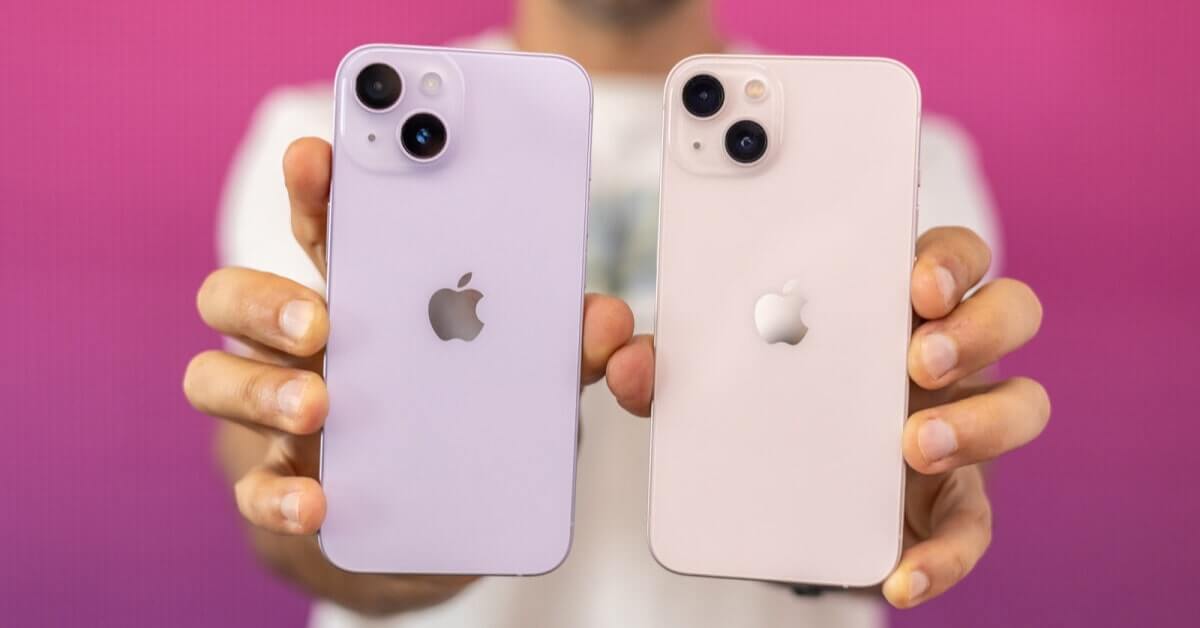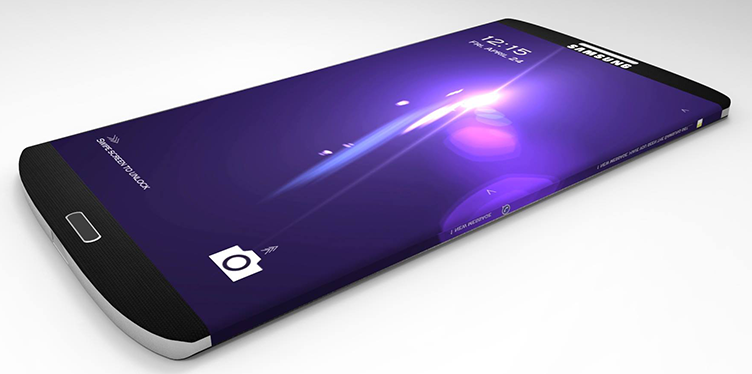The budget segment of electronics devices is where the money is. That is why the most successful electronics company are the ones that make great budget devices. Flagships make a statement about what the company is capable of, but those are not the devices that sell. This was the strategy of Xiaomi and even Motorola in India. However, Asus seems to pick up the same strategy – manufacturing the low-cost devices with all the premium features. The features that are baked into the ZenFone Max Pro comes from customer request from Asus’s own forum making it one of the best budget phones of the year.

A Pure Android Experience
Asus is offering a clean version of Android – much like most of Motorola or HMD’s Nokia phones. However, it does not come with Android Go. The ZenFone Max Pro comes with Android 8.1 Oreo and the company promises to keep the software updated through the standard support period. Even after the launch, the company released a bunch of updates to fix certain camera issues and to patch the OS. Unlike previous versions of Android that came with ZenUI on Asus’s phones, this time, Asus went for a clean stock version of Android. There are a few apps that are pre-installed and all of them can be uninstalled quite easily.
A Familiar Design
Like most manufacturers, Asus also took their design cues from the newer iPhones. The ZenFone Max Pro does not come with the annoying notch, but you get the soft rounded edges and corners on the aluminium chassis phone. The screen also has rounded corners. The rear camera design also looks quite like that of the Apple devices. On the front, you have a 5.99-inch 2180×1080 18:9 screen, the power and volume buttons are on the right side and the fingerprint scanner is in the rear. The bottom edge has the micro-SUB slot, a single speaker grille and the 3.5mm headphone jack.
Uncompromised Connectivity
The ZenFone Max Pro has the provision of two SIM cards as well as a microSD card. A single tray houses both the SIM cars as well as the microSD card. The ZenFone Max Pro supports up to 2TB cards – something you probably would never need.
A Huge Battery
While most budget devices come with a 3000 to 4000 mAh battery, Asus took it further by adding a 5000mAh battery to the ZenFone Max Pro. This enables the phone to go on for over two days to moderate usage. This does make the phone a little heavy. The biggest drawback of such a large battery is the charging time and Asus did not incorporate fast charging. So, you will have to spend more than two hours to charge your phone with the given charger. One of the reasons why Asus did not incorporate fast charging could be because of safety issues. Batteries to tend to heat up a lot when being fast charged.
Decent Performance and Battery Life
Asus has three variants of these phone with 3GB, 4GB and 6GB LPDDR4X memory. The 3GB variant comes with 32GB of onboard storage and the latter two comes with 64GB. The Qualcomm Snapdragon 636 SoC comes with 64-bit Kryo Octa-core Processor and Adreno 509 GPU. Both have a very decent price to performance ratio. You can play most games on this phone – even the graphics intensive ones. The SoC is powerful enough for day to day use and even heavy web browsing. However, the phone does have a tendency to run warmer than the competition.
Asus rated the battery life of the phone to be that of 2 hours. However, with heavy tasking, the battery drains out in less than 14 hours. This is something that is not expected from a 5000mAh battery.
The speaker is quite loud, but the audio can be distorted at higher volumes. The fingerprint reader on the back can be a little finicky and does not always work. The phone also comes with a face unlock feature that uses the front camera. However, it’s just a hit or miss thing.
Acceptable Camera Performance
Asus has a dual camera setup on the rear. There is a 13MP sensor for the images and a 5MP sensor for the depth. On the front, it comes with a 16MP camera with a soft LED flash. The camera app was a little complicated and was not very neatly laid out. The camera does not have any manual mode – which is quite disappointing. Daylight photos are quite good, but low light photos are noisy with washed out colours. However, they are still usable. 4K video recording is also quite average when you are looking at the video quality. However, the quality drops drastically when you are shooting in low light conditions.
Verdict
Given the price, Asus checks all the right boxes with the ZenFone Max Pro. You get a large, high-resolution screen, the 18:9 screen ration, a dual camera setup, along with a high-resolution front camera with flash. You also get a huge battery and the option to use two SIM cards and a microSD card together. Some drawbacks of the phone that are not visible on the spec sheet includes slow Wi-Fi speeds when you are connected to the 5GHz channel. Plus, the fingerprint sensor can be a little annoying. It is slower than most of the devices on the market, and sometimes, it just doesn’t work. Battery charging takes a whole lot of time via the given 10-watt charger.
Other than the Redmi Note 5 and the Moto G6 line-up, Asus does not really have much competition in the market, given the price point. However what may set back Asus is the choice of retail partner. In India, Asus is selling the phone only via Flipkart and not via any other online retailers or brick and mortar stores. Purchasing via the flash sales is also quite difficult. However, Asus has made it clean with the ZenFone Max Pro that it will do whatever it takes to win back buyers.
Tags: AsusSmartphones









